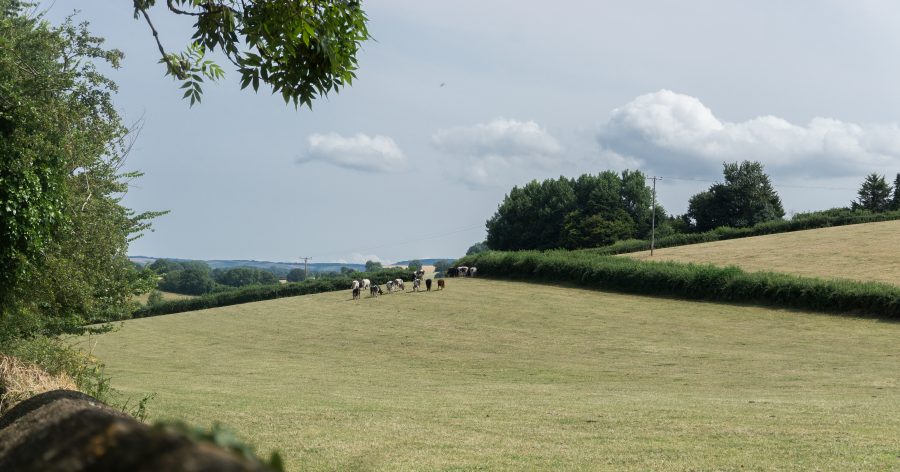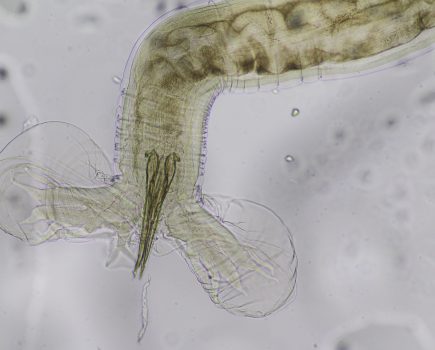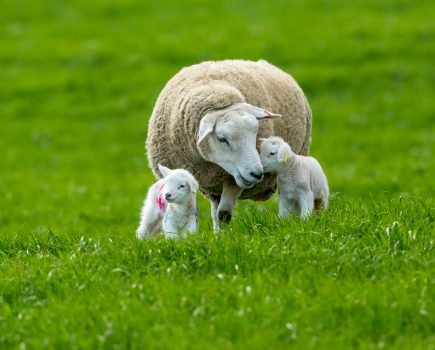Livestock farmers need to act now to avoid major consequences from forage shortages following a ‘perfect storm’ of issues affecting supply.
High temperatures and lack of rainfall in parts of the country, alongside minimal nitrogen applications are all contributing to a potentially ‘desperate’ situation, according to Bruce Forshaw, product manager for feed manufacturer ForFarmers.
“Most of our customers in the south of the country have been buffer feeding and eating into winter stocks. Some are even on full winter rations in August,” he said. “Together with the hot dry summer and lack of nitrogen it has created a perfect storm of issues.
“Despite some recent rainfall the situation will get pretty desperate if people don’t take preventative measures.”
Analysis of first cut silage this year has shown that what has been produced is reasonable quality, has a goodrumenenation index and is therefore rumen friendly but lower nutrient. On the positive side the heating index has been favourable indicating that it will keep well, he added.
“My advice is to get some moist feeds in and clamped. SelcoPlus, AmyPlus or brewers grains are ideal and then when you do get another cut of silage it can be added to the clamp ready for the winter.
“The grass isn’t growing at the moment but when we do get some moisture make sure your soil has what it needs to help the grass to grow well. The Autumn flush will be lower in energy but at least it will be something.”
The soaring nitrogen price this year has led to many farmers reducing applications or applying none at all. “As a result, cuts have been more fibrous which will affect production. Looking at the farm’s Nitrogen index on our silage reports will help identify what is needed for the best performance.”
The index looks at five different parameters from silage analysis to produce a single value which shows whether the nitrogen available to the grass was optimal, insufficient or excessive, he explained. “It’s really useful as it indicates whether nitrogen rates are appropriate and helps with decisions over cutting dates. Above all it can help you produce the most nutritious silage and optimise yields while using inputs in the most efficient way.”
Making more use of straw was another important consideration, he added. “If you have straw, use it to bulk out the diet.”







